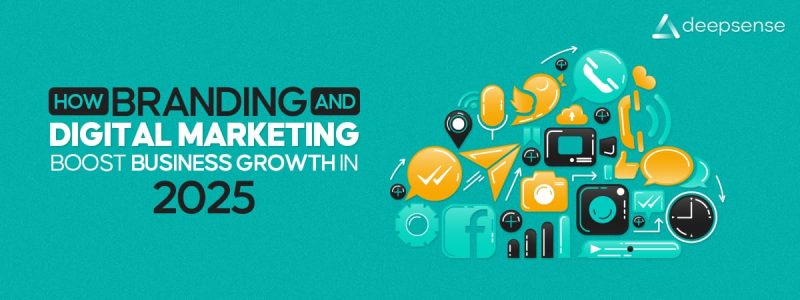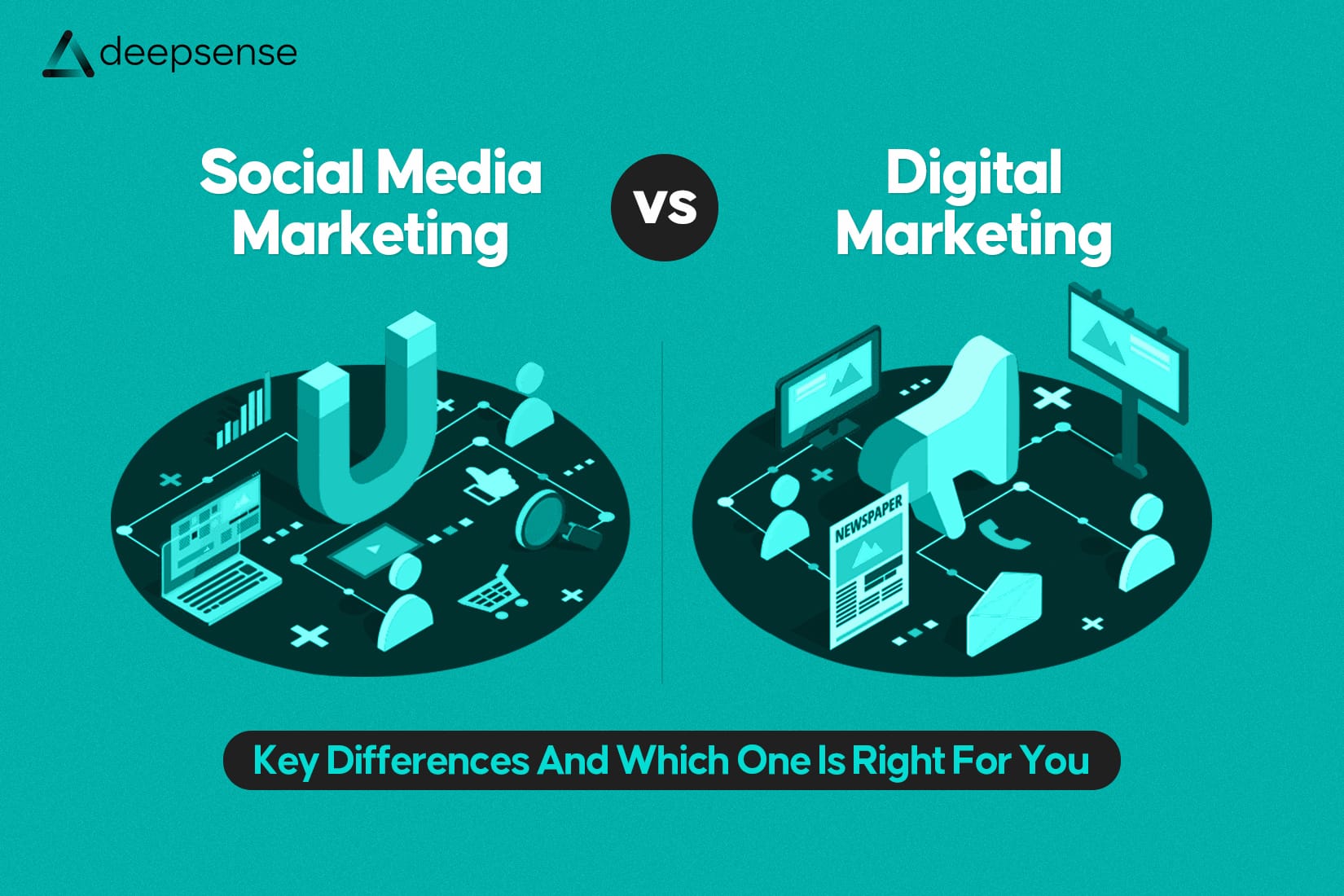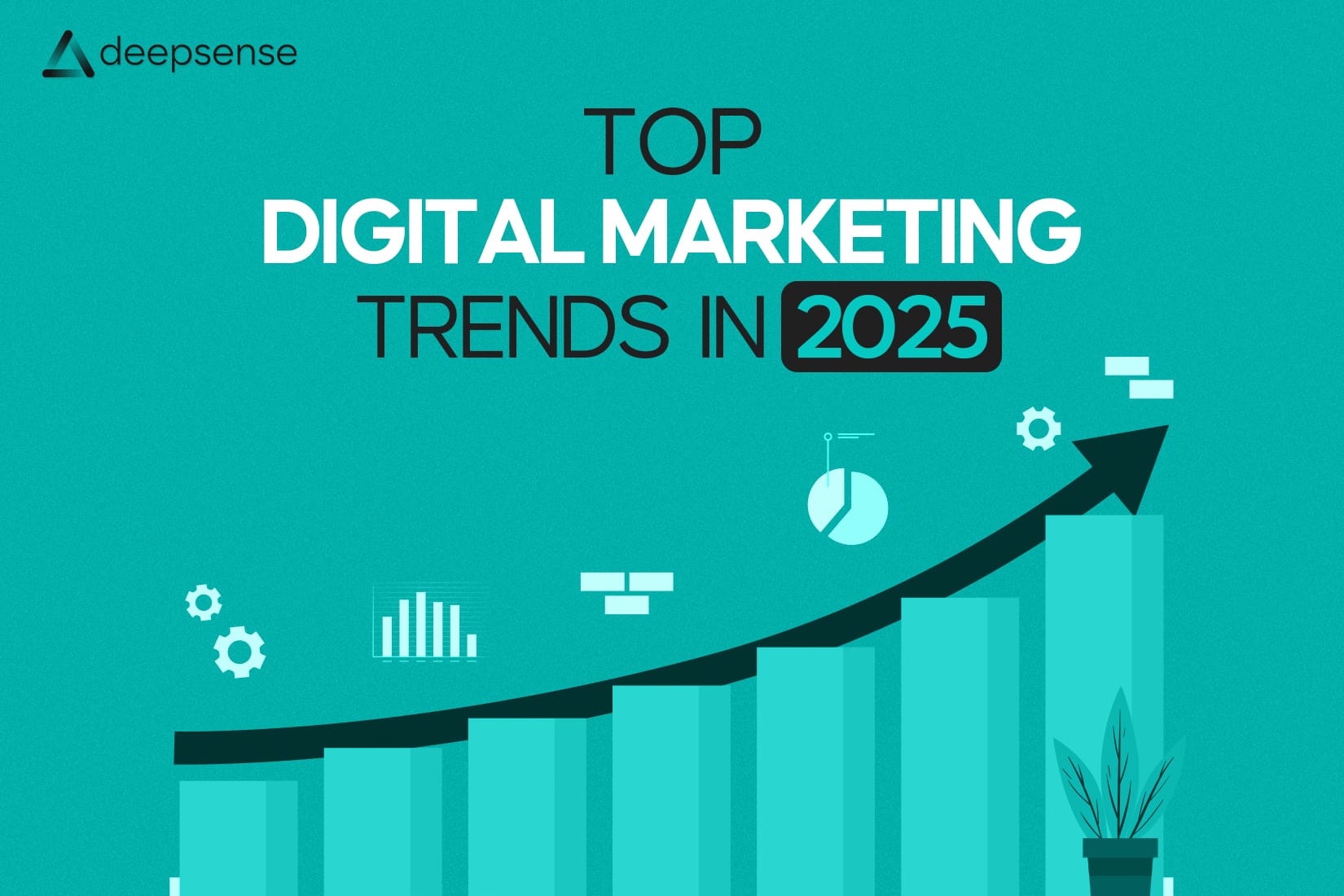Imagine this.
You’re scrolling through Instagram. A slick ad pops up, “Clinically proven. 90% results in just 3 days.” You’re intrigued… you click… and suddenly you’re knee-deep in pop-ups, contradictory claims, and vague testimonials.
Now ask yourself: Do you trust that brand? Chances are… nope.
Welcome to the problem at the heart of digital advertising today. We’re bombarded with ads. But we don’t trust them. And guess what? Consumers can sniff out B.S. faster than ever before.
So, how can brands rise above the noise and earn real trust? Let’s talk about the one thing that actually works: Transparency.
Why Does Transparency in Digital Advertising Matter Now?
Because we’ve seen it all. Fake reviews. Misleading headlines. “Limited time offers” that never end.
And thanks to algorithms and cookies, people now know they’re being tracked, targeted, and retargeted like prey on the internet savannah.
According to a 2024 Deloitte study, 73% of online users say they’re more likely to buy from a brand that’s clear and honest in its advertising. That’s not just a trend. That’s a trust revolution.
What Happens When Transparency is Missing?
Let’s look at what happens when brands get it wrong:
- Mistrust builds: One misleading claim can undo years of brand-building.
- Social media backlash: One viral TikTok calling you out can tank your rep.
- Customer churn: People click, feel misled, and bounce, possibly forever.
- Regulatory risk: Authorities are cracking down on deceptive ads (hi, FTC).
In short: shady ads = short-term clicks, long-term damage.
What Does Transparency Really Mean in Digital Advertising?
It’s not just about saying “sponsored.”
Transparency means showing up in your marketing the way you’d show up to a first date with someone who has zero tolerance for lies.
Here’s what it includes:
1. Honest Claims
If your product doesn’t whiten teeth in 3 days, don’t say it does.
Back claims with science, certifications, testimonials, or… honesty.
Don’t say: “#1 in the world!”
Do say: “Top-rated by 9,000+ verified customers in 2024.”
2. Clear Intentions
People have a right to know why they’re seeing your ad.
- Use clear language like:
“We noticed you searched for skincare. Here’s what our customers love most.”
- Always disclose sponsored partnerships.
- Avoid dark patterns (those sneaky tactics that trick users into clicking or subscribing).
3. Authentic Representation
- Don’t use a model who’s never used your product.
- Don’t edit a before-after photo beyond recognition.
- Don’t call a one-time purchase a “subscription” in tiny, hidden text.
Consumers love imperfections, because they signal realness.
Show your flaws, your processes, even your packaging journey. Let people in.
4. Clear Data Usage
Be upfront about how you’re collecting and using data.
- Use plain English in cookie consent forms.
- Offer users real choices (“Only Essential” vs “Full Experience”).
- Say what you’re doing:
“We use your location to show products available near you.”
Transparency in data builds confidence, not creepiness.
Real-World Examples of Transparent Digital Advertising
Everlane
They practice “radical transparency” by showing:
- Cost breakdowns of each product (materials, labor, shipping).
- Factory locations and working conditions.
- Honest pricing models, no fake discounts.
Their ads reflect this clarity, which makes people feel like insiders, not targets.
Dr. Squatch (Men’s Soap Brand)
Their YouTube ads are cheeky, but informative. They:
- Clearly explain ingredients and what each one does.
- Compare their soap with commercial brands, openly.
- Avoid corporate jargon and speak like a friend.
Result? Over 100M+ views and a cult following.
Native Deodorant
Their paid social campaigns:
- Show real customers giving unfiltered reviews.
- Feature influencers being honest about what they liked and what they didn’t.
- Include transparency around ingredients, right in the ad copy.
Consumers see this and think: “They’re not hiding anything. I trust this.”
How to Make Your Digital Ads More Transparent (Tips That Actually Work)
Let’s bring it down to Earth. Here are actionable ways to bring transparency into your campaigns:
1. Start With Real Customer Feedback
Use real reviews and UGC in your ad copy. Feature quotes like:
“Didn’t work for me at first, but the customer support was amazing!”
This humanizes your brand and sets realistic expectations.
2. Stop Using Fine Print Tricks
No more “*terms apply” in font size 6.
If there’s a condition, say it loud and clear in the main copy.
- Instead of: “Free Trial!”
- Try: “Try free for 7 days, then ₹399/month. Cancel anytime.”
That tiny shift builds massive trust.
3. Disclose Collaborations Authentically
Teach your influencer partners to be upfront:
“This is a paid partnership, but I genuinely use this every day.”
Better yet, let them script the message in their own words. The less robotic it sounds, the more it connects.
4. Respond to Feedback Openly
If someone calls out your ad, don’t delete the comment, respond.
Acknowledge, apologize (if needed), and clarify.
This earns you more respect than trying to silence criticism.
Final Thoughts: Transparency is the New Creative Strategy
In a world full of filters, pop-ups, exaggerated claims, and privacy paranoia, transparency stands out like a breath of fresh air.
You don’t need to be perfect.
You just need to be honest, clear, and human.
Because when people trust your ad, they’ll trust your product.
And when they trust your product, they’ll become something more valuable than customers, they’ll become advocates.
TL;DR: Transparency in Digital Ads
- People are tired of manipulative, vague, or shady ads.
- Transparent brands win trust and build long-term loyalty.
- Clear messaging, honest claims, and data disclosure matter.
- Show the real you, flaws and all. Audiences will love you for it.
Need help rewriting your current ad campaign to make it more transparent and relatable? Let’s collaborate and create copy that sells without hiding anything.
FAQs
1. What is transparency in digital advertising?
Transparency in digital advertising refers to the clear, honest, and ethical communication of an ad’s intent, content, and targeting practices. It means openly disclosing sponsorships, data usage, and product claims to build trust with the audience.
2. Why is transparency important in digital advertising?
Because today’s consumers are skeptical of marketing tactics. Transparent advertising builds credibility, nurtures customer trust, increases engagement, and helps brands stand out in an environment full of misleading or intrusive ads.
3. How does transparency improve consumer trust?
When brands are upfront about how they collect data, what a product really offers, or if a post is sponsored, consumers feel respected, not manipulated. This fosters long-term loyalty and deeper emotional connections with the brand.
4. What are some examples of transparent digital advertising?
- Clearly stating: “Ad” or “Sponsored” on influencer content
- Showing pricing breakdowns or return policies in the ad itself
- Using real reviews or user-generated content in paid ads
- Explaining why a user is seeing the ad (e.g., “based on your search for eco-friendly shoes”)
5. What are the risks of not being transparent in ads?
Lack of transparency can lead to:
- Consumer distrust or backlash
- Poor click-to-conversion rates
- Brand reputation damage
- Regulatory fines (especially in countries with strict advertising laws)
- Social media takedowns or call-outs
6. How can brands ensure influencer transparency in campaigns?
Brands should:
- Require influencers to use proper disclosure tags (e.g., #Ad, #Sponsored)
- Let influencers give honest reviews, including pros and cons
- Provide clear partnership guidelines in a creative brief
- Monitor published content for compliance
7. What does data transparency mean in digital ads?
It means informing users:
- What data you collect (e.g., location, device, preferences)
- How it’s used (e.g., to show personalized ads)
- Offering options to opt out or limit data sharing
This is often done via cookie banners, privacy policies, or ad disclaimers.
8. Can transparency hurt ad performance by being too “real”?
Not at all. In fact, authenticity improves performance. Users are more likely to engage with content that feels real and relatable rather than overly polished or salesy. Transparency boosts trus, and trust drives conversions.
9. What tools can brands use to improve ad transparency?
- Consent management platforms (like OneTrust or Cookiebot)
- Social listening tools to track sentiment
- Ad verification platforms to monitor where and how your ads appear
- UTM tracking for transparent performance data
10. How do consumers respond to transparent ads compared to traditional ads?
Studies show that transparent ads have:
- Higher engagement rates
- Lower bounce rates
- Better brand recall
- Increased likelihood of repeat purchases
Consumers reward brands that respect their intelligence and privacy.











